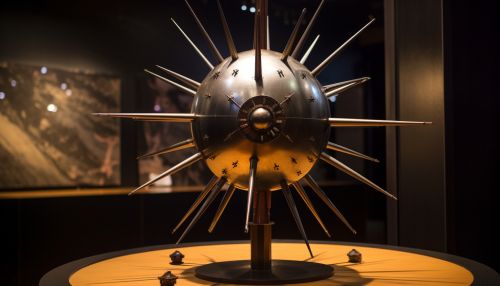Sputnik 1
Introduction
Sputnik 1 was the first artificial satellite to be launched into space. It was launched by the Soviet Union on October 4, 1957, marking the start of the Space Age. This event had a significant impact on the world, as it marked the beginning of a new era in scientific discovery and exploration.
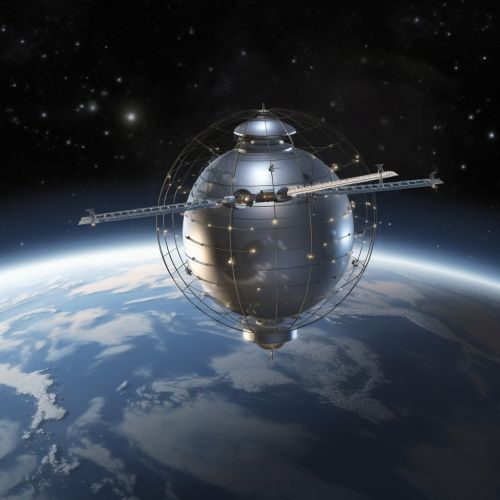

Design and Construction
The design and construction of Sputnik 1 were overseen by the Soviet Academy of Sciences and the Ministry of Radio Industry. The satellite was a sphere approximately 58 cm in diameter and weighed about 83.6 kg. It was made of highly polished aluminum alloy to resist the harsh conditions of space and to be easily visible from the Earth. The satellite had four long, whip-like antennas that were used for transmitting signals back to Earth.
Mission and Objectives
The primary objective of the Sputnik 1 mission was to demonstrate the feasibility of launching an artificial satellite into space. This was a major milestone in the Space Race between the United States and the Soviet Union. The satellite was also used to gather data on the density of the Earth's upper atmosphere and the propagation of radio signals in the ionosphere.
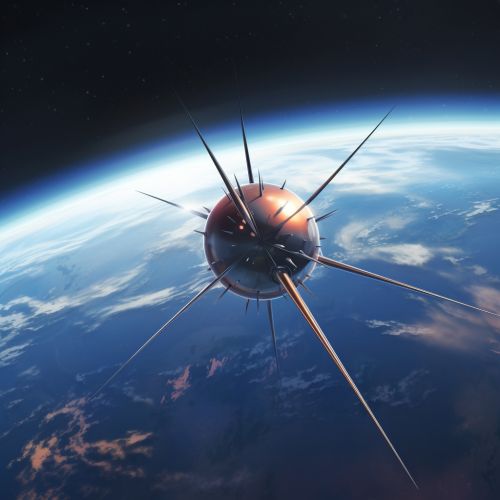
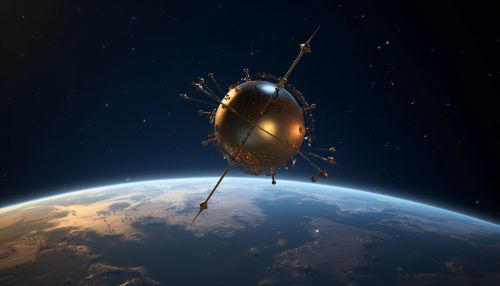
Launch
Sputnik 1 was launched from the Baikonur Cosmodrome in Kazakhstan on October 4, 1957. The satellite was carried into space by an R-7 rocket, which was also the world's first intercontinental ballistic missile. The launch was successful, and Sputnik 1 entered an elliptical orbit around the Earth with a perigee (closest approach to Earth) of 215 km and an apogee (farthest distance from Earth) of 939 km.
Operation and Results
Once in orbit, Sputnik 1 began transmitting radio signals back to Earth. These signals were picked up by amateur radio operators and professional observatories around the world. The data collected from these signals provided valuable information about the Earth's upper atmosphere and the behavior of radio waves in the ionosphere. The mission lasted 21 days, after which the satellite's batteries died and it stopped transmitting.

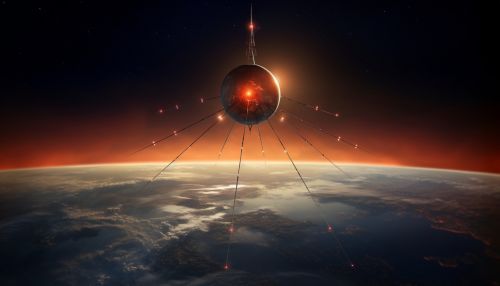
Legacy
The launch of Sputnik 1 marked the beginning of the Space Age and had a profound impact on the world. It sparked a sense of urgency in the United States and led to the creation of the National Aeronautics and Space Administration (NASA). It also led to a greater emphasis on science and technology education in many countries. Today, Sputnik 1 is remembered as a pioneering achievement that paved the way for all subsequent space exploration.

